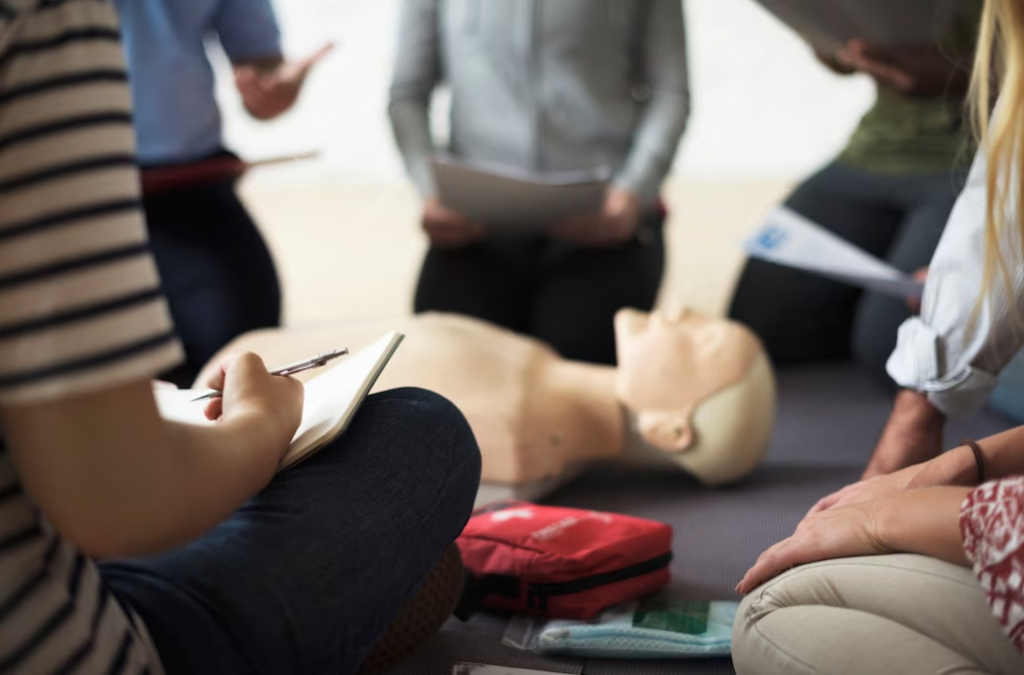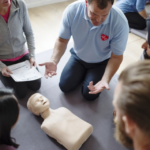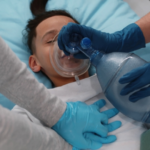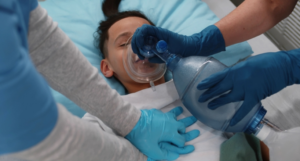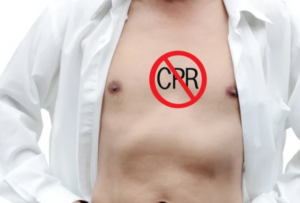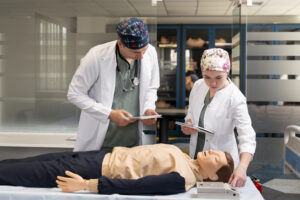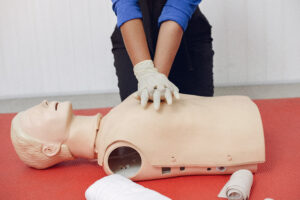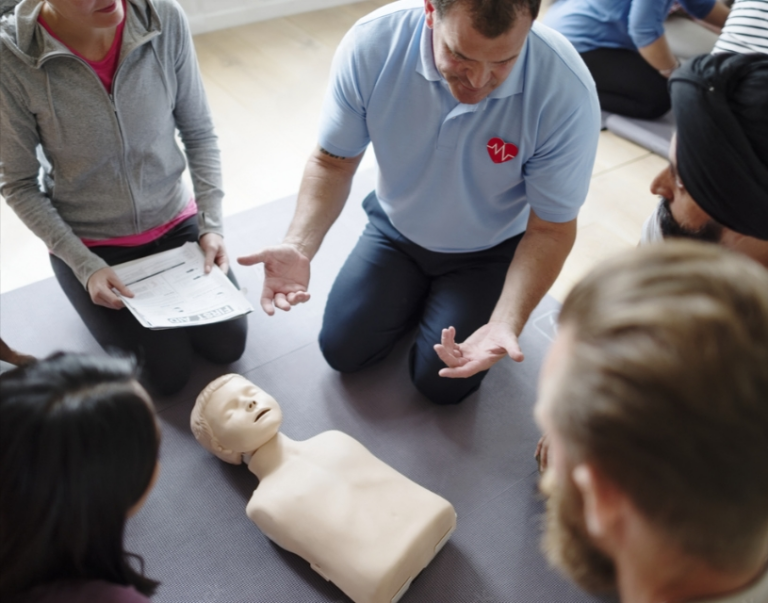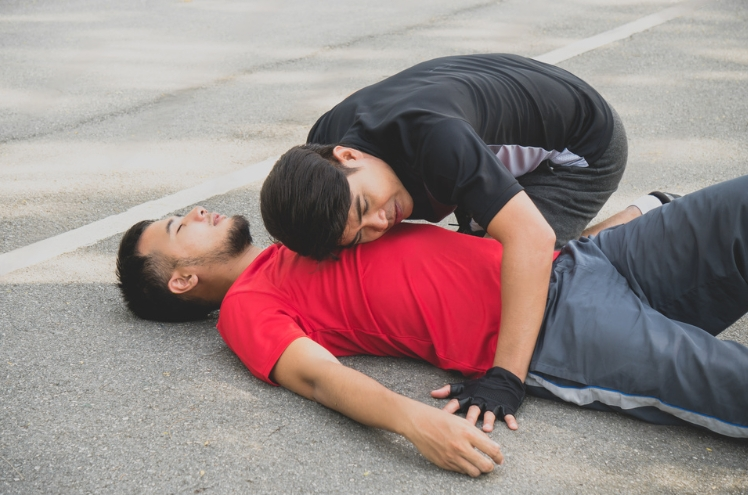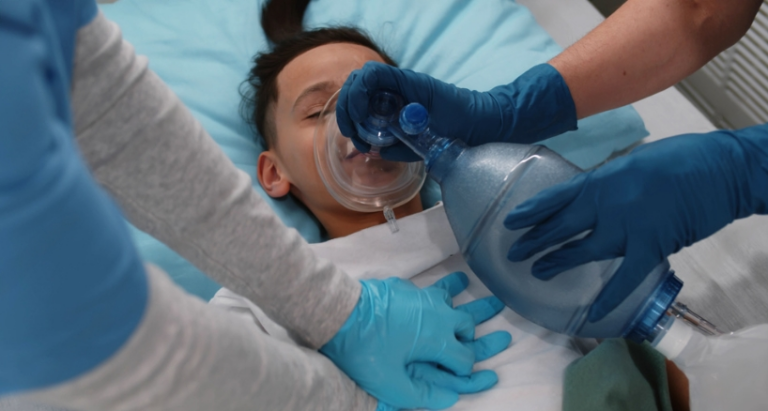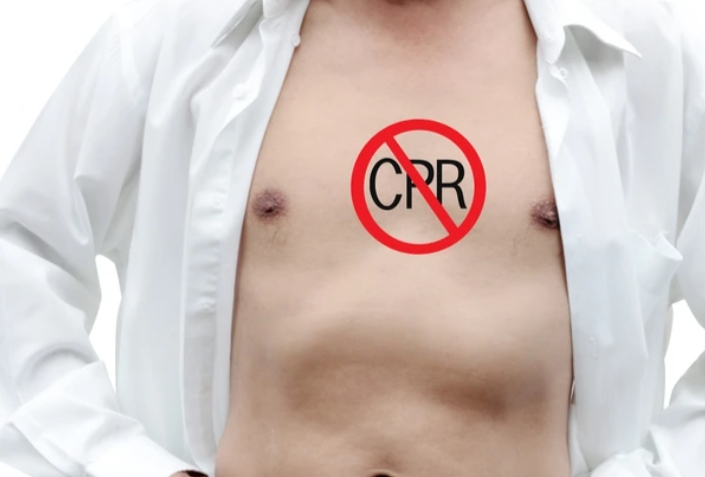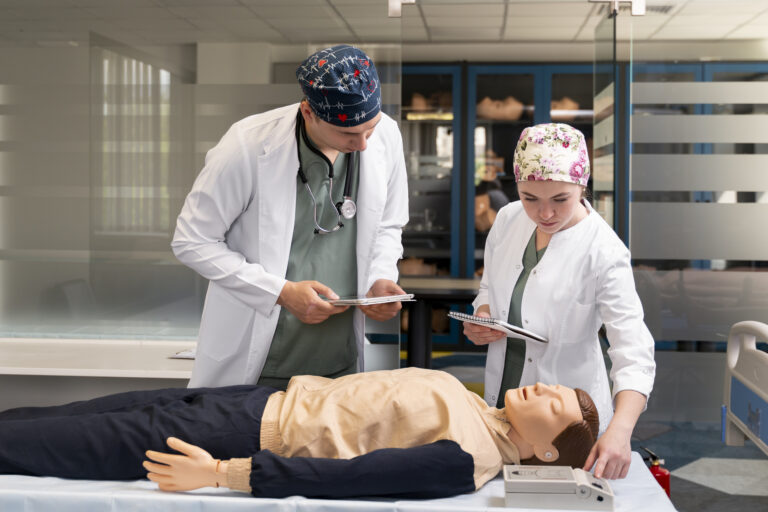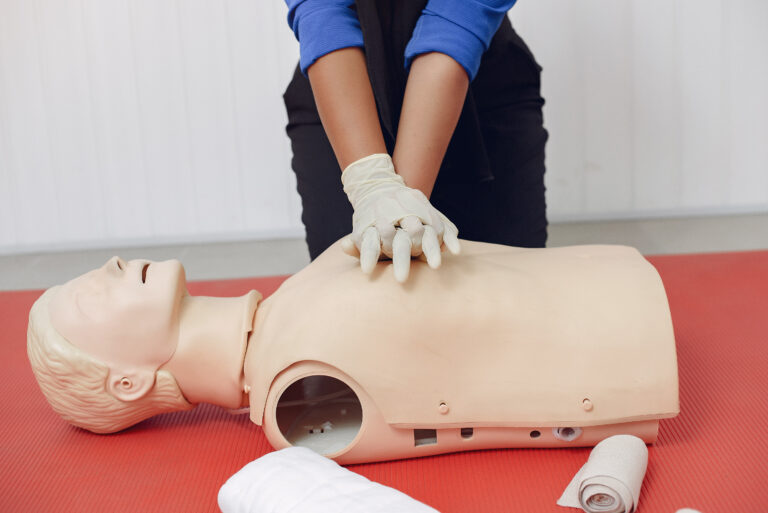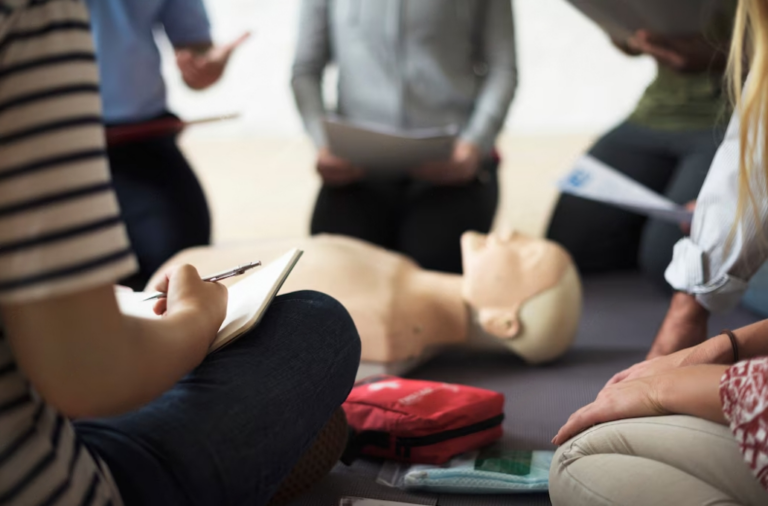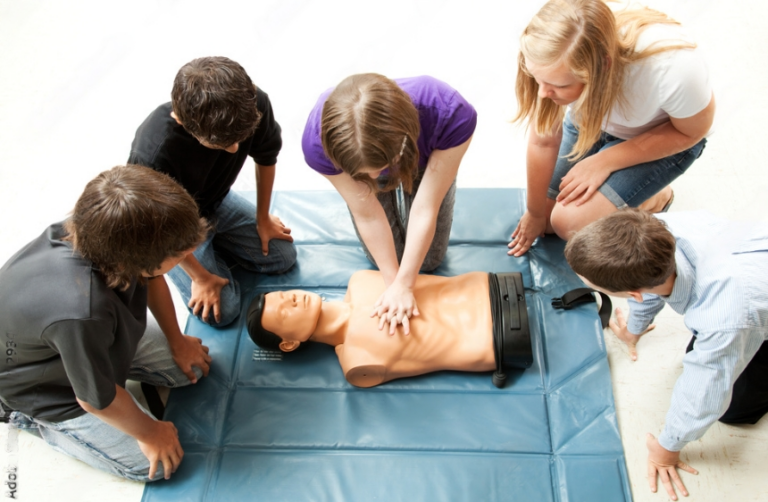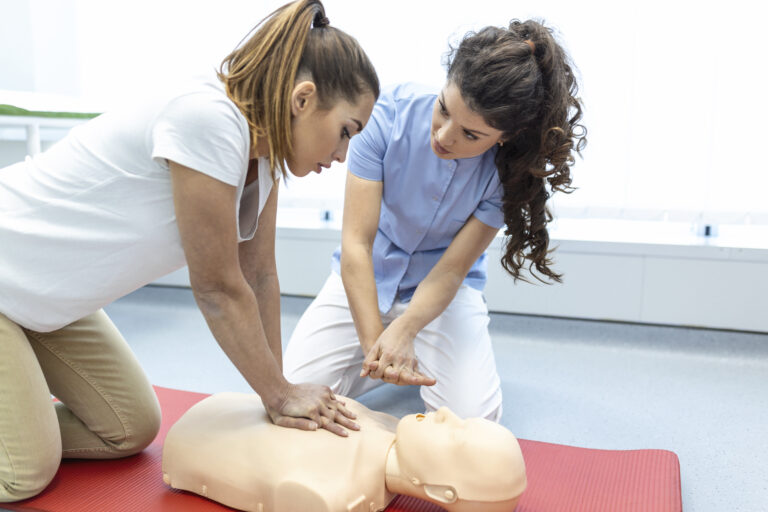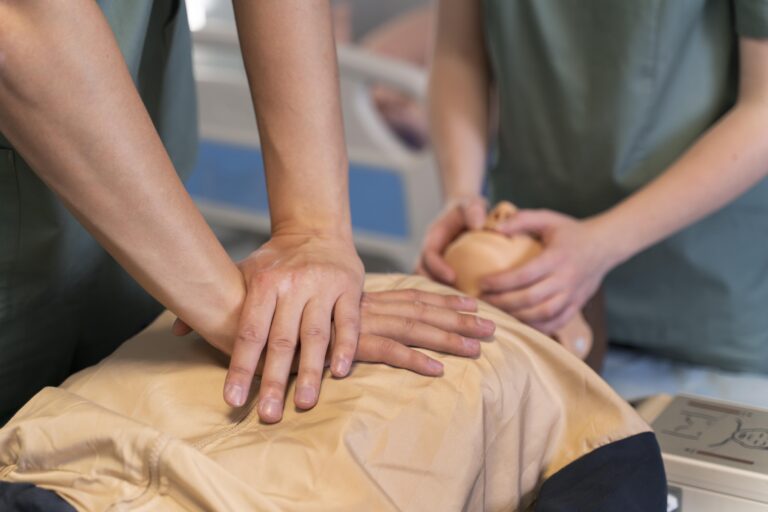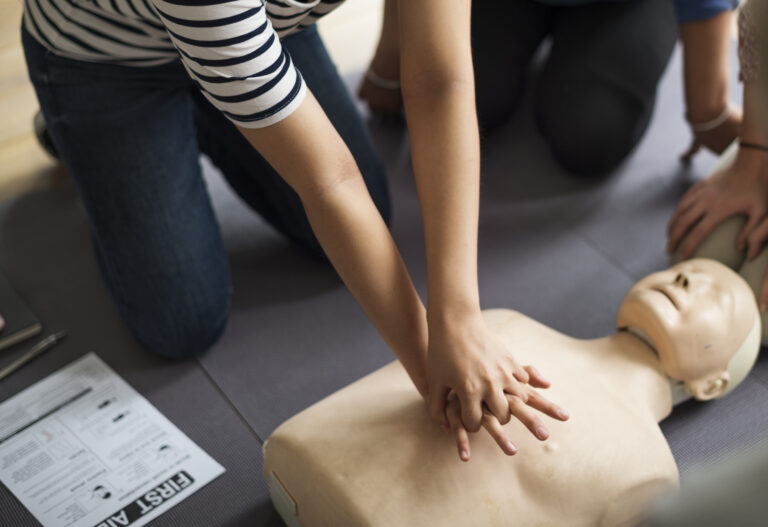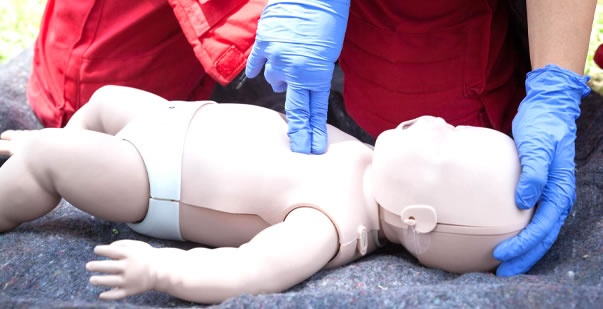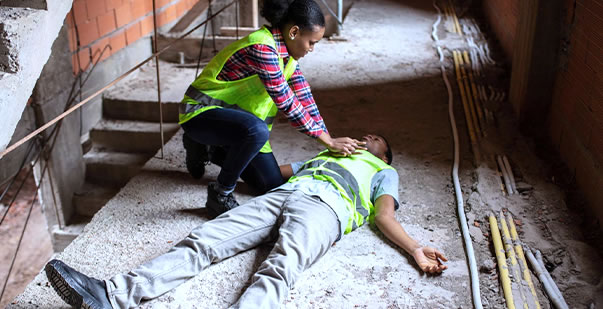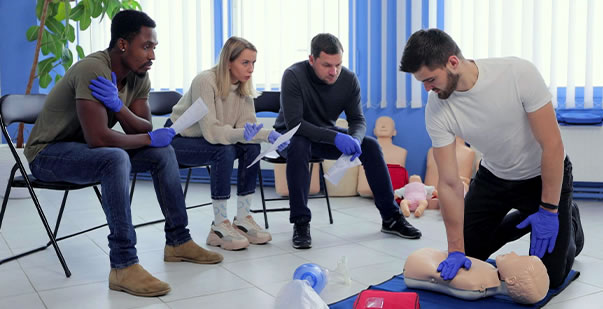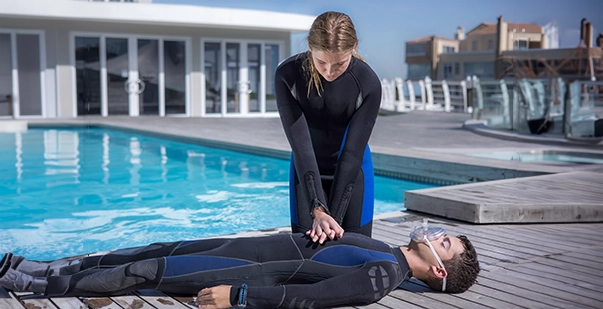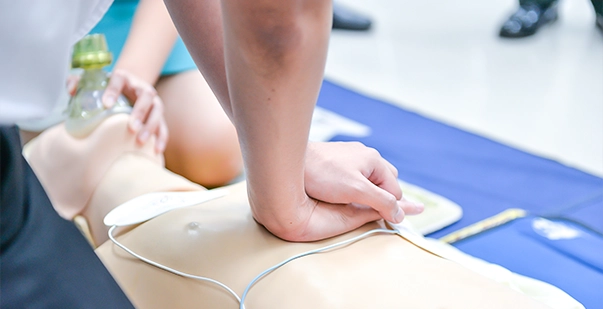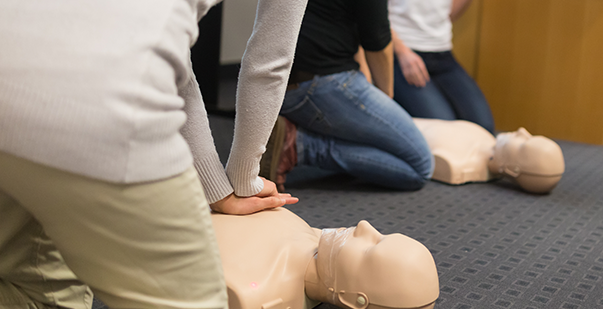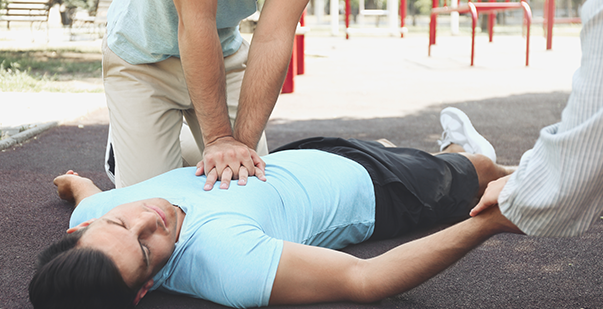Table Of Content(s)
Myth #1: Only Healthcare Professionals Can Perform CPR
Myth #2: CPR Always Results in Saving Lives
Myth #3: CPR Certification Lasts a Lifetime
Myth #4: Chest Compressions Alone Can Revive a Person
Myth #5: CPR Always Results in Broken Ribs
Myth #6: CPR Can Harm the Person Receiving it
CPR, or Cardiopulmonary Resuscitation, is a vital emergency procedure that can significantly increase the chances of survival for someone experiencing cardiac arrest or respiratory failure. Shockingly, nearly 70-80% of cardiac arrests occur in the home, highlighting the critical need for bystanders to be equipped with CPR knowledge. However, misinformation and misconceptions about CPR abound, leading to hesitancy or incorrect actions during emergencies. In this blog, we’ll debunk common myths surrounding CPR and provide accurate information supported by facts and statistics. By dispelling these myths, we aim to empower individuals to confidently perform CPR when needed, potentially saving lives in their communities. Let’s delve into the truth behind CPR and equip ourselves with life-saving knowledge.
Myth #1: Only Healthcare Professionals Can Perform CPR
Misconception:
There’s a prevalent belief that only healthcare professionals, such as doctors or nurses, are qualified to perform CPR. This myth stems from the assumption that CPR requires extensive medical training and specialized skills.
Debunking the Myth:
In reality, CPR can and should be performed by anyone, regardless of their medical background. Numerous studies have shown that bystander CPR significantly increases the chances of survival for cardiac arrest victims. In fact, immediate CPR from a bystander can double or even triple the likelihood of survival until professional help arrives.
Importance of Bystander CPR:
The importance of bystander CPR cannot be overstated. According to the American Heart Association (AHA), about 90% of people who suffer out-of-hospital cardiac arrests die. However, if CPR is performed promptly by a bystander, the survival rate can increase significantly. Every minute without CPR reduces the chances of survival by 7-10%, emphasizing the critical role that bystanders play in saving lives during medical emergencies.
By dispelling the myth that only healthcare professionals can perform CPR, we empower ordinary individuals to take action and intervene effectively in life-threatening situations. With proper CPR training and awareness, anyone can become a lifesaver in their community.
Myth #2: CPR Always Results in Saving Lives
Misconception:
One common misconception about CPR is that it always leads to saving lives. While CPR is a crucial intervention in cardiac arrest situations, there is a misconception that it guarantees a positive outcome in every case.
Discussion:
In reality, the success rate of CPR depends on various factors, including the underlying cause of cardiac arrest, the promptness of intervention, and the quality of CPR performed. Studies have shown that the chances of successful resuscitation decline rapidly over time, underscoring the importance of early intervention. Additionally, factors such as the presence of bystander CPR and access to automated external defibrillators (AEDs) can significantly impact survival rates.
Importance of Early Intervention and High-Quality CPR:
While CPR is a vital life-saving skill, its effectiveness is maximized when initiated promptly and performed correctly. High-quality CPR, which includes proper chest compressions and adequate ventilation, improves blood circulation and oxygenation, increasing the likelihood of successful resuscitation. Therefore, it is essential to emphasize the importance of early intervention and the provision of high-quality CPR in improving outcomes for cardiac arrest victims.
Myth #3: CPR Certification Lasts a Lifetime
Misconception:
Another common myth surrounding CPR is that once certified, individuals are equipped with CPR skills for life. Many people believe that CPR certification does not require renewal or retraining over time.
Clarification:
Contrary to this belief, CPR certification typically expires after a certain period, usually two years. This expiration is due to the evolving nature of CPR guidelines and techniques, which are periodically updated based on the latest research and advancements in resuscitation science. Regular recertification ensures that individuals are equipped with the most up-to-date knowledge and skills needed to perform effective CPR.
Importance of Regular Recertification:
Regular CPR recertification is essential for maintaining competency and confidence in performing CPR. It allows individuals to refresh their skills, learn about any updates to CPR protocols, and practice hands-on techniques under the guidance of certified instructors. Staying updated on CPR guidelines and techniques ensures that individuals can respond effectively to cardiac emergencies and provide the best possible care to those in need.
Myth #4: Chest Compressions Alone Can Revive a Person
Misconception:
One common misconception about CPR is that chest compressions alone can revive a person experiencing cardiac arrest. While chest compressions play a crucial role in circulating blood to vital organs, there is a misconception that they are sufficient on their own to restore normal heart function.
Discussion:
In reality, effective CPR involves a combination of chest compressions and rescue breaths. Chest compressions generate blood flow to the heart and brain, but without oxygenation through rescue breaths, vital organs may not receive sufficient oxygen. Rescue breaths deliver oxygen to the lungs, which is then circulated to vital organs, including the brain, maintaining their function and increasing the chances of successful resuscitation.
Importance of Rescue Breaths:
Rescue breaths play a critical role in providing oxygen to vital organs, particularly the brain, which is highly sensitive to oxygen deprivation. Without oxygenation, irreversible brain damage can occur within minutes of cardiac arrest. Therefore, the combination of chest compressions and rescue breaths is essential for maximizing the chances of survival and minimizing the risk of long-term complications.
Read More: Make Your Own DIY First Aid Kit
Myth #5: CPR Always Results in Broken Ribs
Misconception:
Another common myth surrounding CPR is that it always results in broken ribs or other injuries to the person receiving it. Many people fear performing CPR due to the belief that it will cause harm or pain to the victim.
Discussion:
While it is true that CPR can occasionally cause rib fractures, particularly during chest compressions, the risk of injury must be weighed against the potential benefits of resuscitation. Studies have shown that the benefits of CPR, including the restoration of blood circulation and oxygenation, far outweigh the risks of minor injuries such as rib fractures. Additionally, the goal of CPR is to save lives, and effective chest compressions are essential for achieving this goal, even if they carry a small risk of injury.
Importance of Effective Chest Compressions:
Despite the possibility of rib fractures, it is crucial to perform chest compressions effectively during CPR. Proper technique, including adequate depth and rate of compressions, can minimize the risk of injury while maximizing the chances of successful resuscitation. Therefore, individuals trained in CPR should focus on delivering high-quality chest compressions, following established guidelines and protocols, to provide the best possible care to those in need.
Myth #6: CPR Can Harm the Person Receiving it
Misconception:
There is a common misconception that CPR can harm the person receiving it, leading to concerns about causing injury or exacerbating existing medical conditions. Some individuals may hesitate to perform CPR due to fear of causing harm.
Debunking the Myth:
In reality, the potential benefits of CPR far outweigh the risks, particularly in cases of cardiac arrest where immediate intervention is crucial for survival. CPR is designed to circulate blood and oxygen to vital organs, including the brain, during a life-threatening emergency. While there is a possibility of minor injuries such as rib fractures or bruising, these risks are minimal compared to the potential consequences of not performing CPR.
Additionally, following established CPR guidelines and receiving proper training can help minimize the risk of injury and ensure the delivery of effective care. Therefore, individuals trained in CPR should feel confident in their ability to provide lifesaving assistance when needed, knowing that the potential benefits of CPR outweigh the risks.
Conclusion
Debunking common myths and misconceptions about CPR is essential for promoting accurate knowledge and understanding of this life-saving technique. By addressing these misconceptions, we can empower individuals to take prompt action in emergency situations and potentially save lives. It’s crucial to recognize that CPR can be performed by anyone, regardless of medical training, and that early intervention and high-quality CPR significantly improve outcomes for cardiac arrest victims. As advocates for CPR education and training, let’s continue to spread accurate information and encourage others to become certified in CPR. Together, we can make a difference in our communities by being prepared to respond effectively in times of need.
Frequently Asked Questions
No, even imperfect CPR can provide vital blood flow to the heart and brain, increasing the chances of survival until professional help arrives.
While there is a risk of injury, not performing CPR on a person in cardiac arrest is far more dangerous. The potential benefits of CPR far outweigh the risks.
No, CPR is crucial for any situation where a person is unresponsive and not breathing, regardless of the cause, such as drowning, choking, or severe allergic reactions.

